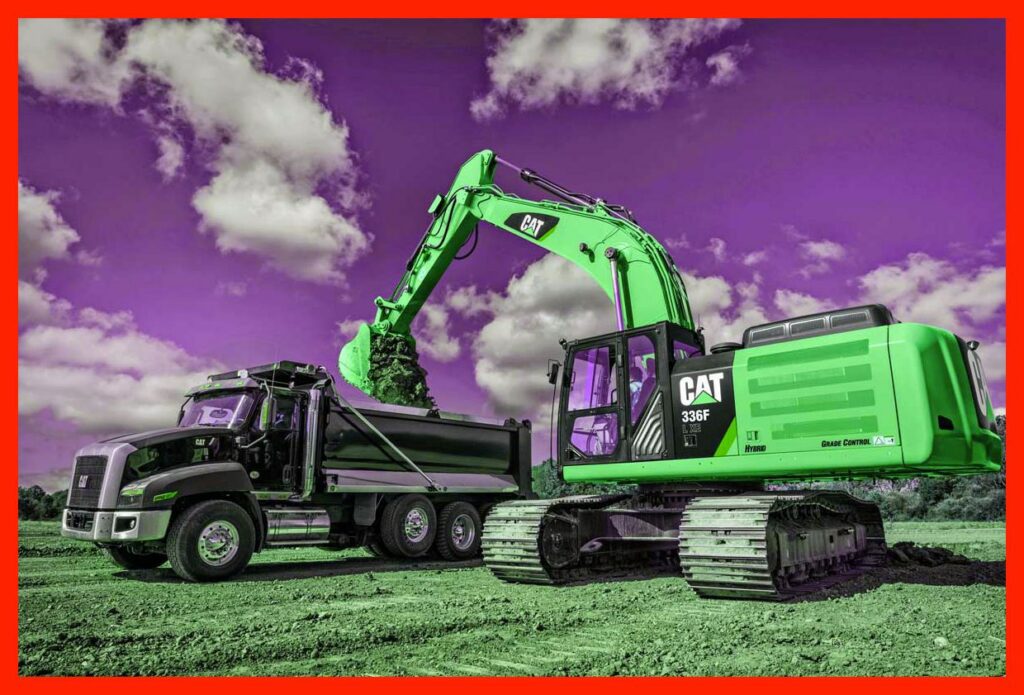
Comprehensive Guide to Heavy Equipment Repair
Welcome to our comprehensive guide on heavy equipment repair. At [Your Company Name], we understand the importance of keeping your heavy machinery in top-notch condition to ensure uninterrupted productivity. In this article, we will delve into the intricacies of heavy equipment repair, offering valuable insights and tips to help you maintain and repair your machinery efficiently.

The Significance of Heavy Equipment
Heavy equipment plays a pivotal role in various industries such as construction, mining, agriculture, and transportation. These colossal machines are the backbone of many operations, enabling businesses to undertake tasks that would otherwise be impossible. However, like all machinery, heavy equipment requires regular maintenance and occasional repairs to ensure it operates optimally.
Common Heavy Equipment Issues
1. Engine Problems
One of the most common issues with heavy equipment is engine-related problems. Over time, engines can develop issues like overheating, low power output, or increased fuel consumption. To address these problems, it’s essential to conduct regular inspections and perform necessary repairs promptly.
2. Hydraulic System Failures
Hydraulic systems are critical components of heavy equipment, responsible for powering various functions such as lifting, digging, and steering. Leaks, contamination, or malfunctioning valves can lead to significant problems. Regularly checking for hydraulic system issues can prevent costly repairs down the road.
3. Electrical and Wiring Problems
Modern heavy equipment relies heavily on complex electrical systems for operations. Faulty wiring, dead batteries, or malfunctioning sensors can disrupt the equipment’s functionality. Routine inspections of the electrical components are crucial to identify and rectify any issues promptly.
4. Wear and Tear on Moving Parts
Heavy machinery endures substantial wear and tear during regular use. Components such as tracks, tires, and gears can wear out over time, leading to reduced efficiency and potential safety hazards. Replacing worn-out parts and lubricating moving components can extend the equipment’s lifespan.
The Importance of Regular Maintenance
Preventive maintenance is the key to avoiding costly repairs and downtime. By adhering to a well-planned maintenance schedule, you can identify potential issues early and address them before they escalate. Here are some essential steps to include in your maintenance routine:
1. Regular Inspections
Frequent visual inspections can help you spot any visible damage or wear on your equipment. Look for leaks, loose bolts, or damaged hoses.
2. Lubrication
Proper lubrication of moving parts reduces friction and minimizes wear. Refer to your equipment’s manual for lubrication intervals and recommendations.
3. Filter Replacement
Changing filters, such as oil, fuel, and air filters, on schedule ensures that your equipment’s engine remains clean and operates efficiently.
4. Fluid Checks
Regularly check fluid levels, including engine oil, hydraulic fluid, and coolant. Ensure they are at the appropriate levels to prevent overheating and engine damage.
Professional Repairs
While preventive maintenance goes a long way in extending your equipment’s lifespan, there will come a time when professional repairs are necessary. It’s crucial to entrust these repairs to certified technicians with experience in heavy equipment. Attempting DIY repairs can often lead to further damage and increased repair costs.



